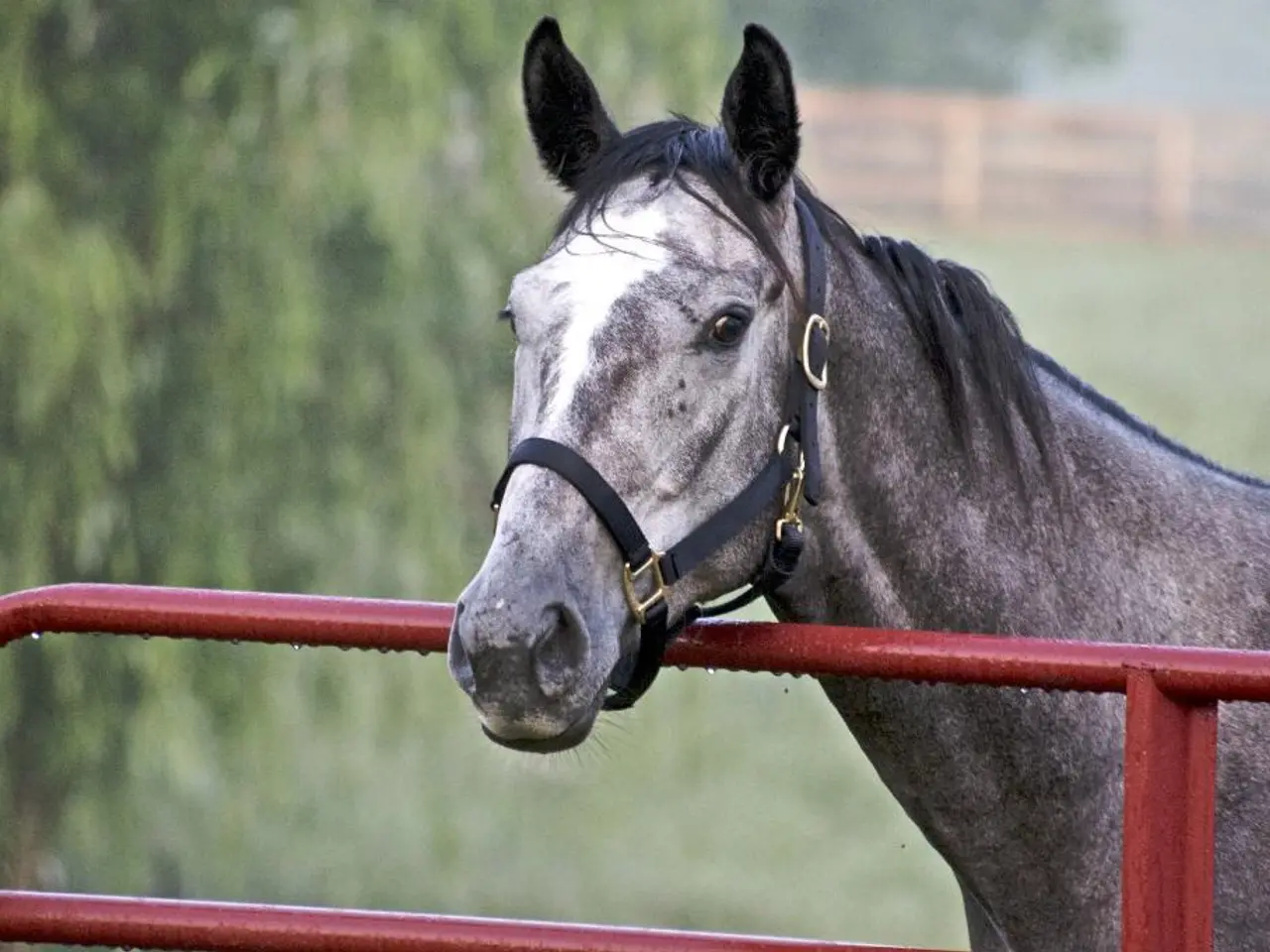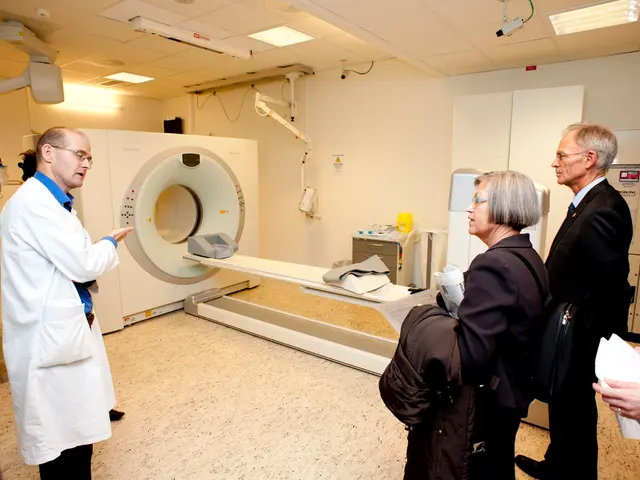Essential Biosecurity Principles for Extension Workers
In the realm of livestock farming, maintaining high levels of biosecurity is crucial to prevent the introduction and spread of infectious diseases. Here are some key practices that focus on herd-level biosecurity:
Minimizing Entry and Contact
Design working practices to minimise the frequency of people, vehicles, and equipment entering areas where animals are kept. Limit contact with neighbouring animals and avoid sharing machinery, feed, or bedding between farms.
Quarantine and Health Screening
Isolate new animals before introducing them to the herd and ensure purchased livestock come from healthy, disease-free sources. Confirm associated animal groups (e.g., cattle if you buy sheep/goats) are vaccinated and healthy.
Cleansing and Disinfection
Thoroughly clean and disinfect vehicles, equipment, tools, and protective clothing before and after contact with animals to prevent pathogen transfer.
Visitor and Personnel Management
Control access to animal areas, keep detailed records of visitors and workers, and require strict hygiene protocols (e.g., changing footwear, using disinfectant footbaths).
Environmental Controls
Maintain buildings to prevent entry of wildlife, vermin, and birds that could carry disease; prevent contamination of feed, water, and bedding; and avoid allowing animals to drink from contaminated sources.
Monitoring and Record-Keeping
Conduct regular health monitoring and keep meticulous records of animal movement, health status, treatments, and visitors to facilitate rapid response in case of outbreaks.
Complementary Practices
Implement vaccination programs, encourage judicious use of antimicrobials under veterinary guidance, and maintain overall good farm hygiene.
Farm-Specific Biosecurity Plans
Develop individualized biosecurity plans based on risk assessments of farm layout, housing, animal species, and management systems.
These best practices collectively reduce the risk of disease introduction and spread within herds, protect animal welfare, and also help limit zoonotic risks to humans.
External Biosecurity Measures
External biosecurity measures aim to prevent the entry of new diseases into a herd or production group. These measures include proper cleaning and disinfection of sampling equipment between uses, and the use of disposable sleeves, gloves, or clothing that can be disinfected whenever there is the possibility of direct contact with bodily discharges or animal tissues.
Moderate-risk visitors, such as salesmen, feed and fuel delivery drivers, and maintenance workers, should wear clean coveralls and boots if there is any contact with feed, animals, soil or manure.
Internal Biosecurity Measures
Internal biosecurity measures focus on managing the herd. Duties should be sequenced so the person caring for the isolation animals does not come into contact with other animals later that day. The isolation facility should be at least several hundred yards from the rest of the herd and managed as an all-in-all-out.
A biosecurity plan should at least address how a group of "new" animals will be isolated from other groups, how traffic will be regulated or controlled, and how cleaning and disinfection procedures will be designed to reduce pathogen levels.
The USDA is vigilant in keeping foreign animal diseases out of the livestock population. States also take measures to prevent the entry or reintroduction of livestock diseases. Diseases of particular concern to states include brucellosis, tuberculosis, and pseudorabies, while examples of diseases managed at the herd level include mastitis caused by Streptococcus agalactiae, bovine viral diarrhea, bovine progressive pneumonia, and swine dysentery.
Animals experiencing a disease are more likely to have reduced performance and profitability. Preventive treatments such as deworming and vaccination can be started in preparation for moving to the herd. Before leaving the farm, dirty equipment and footwear must be cleaned, washed, and disinfected with an appropriate chemical agent. Farm employees who have livestock at their own home should be required to report to work personally clean and in clean clothes that have not been exposed to their own livestock. Potentially contaminated hands and forearms should be washed with soap and water before leaving the farm.
[1] CDC Biosecurity for Livestock Farms
[2] FAO Biosecurity in Livestock Production
[3] USDA Animal and Plant Health Inspection Service
[4] National Animal Health Laboratory Network
[5] National Pork Board Biosecurity Manual
- In the realm of 4-H livestock projects, promoting soil health becomes essential as it contributes to the overall well-being of the animals and reduces the risk of pathogen entry. This can be achieved by maintaining healthy soil through practices like crop rotation, composting, and using appropriate fertilizers.
- As part of a comprehensive health-and-wellness approach for 4-H livestock, scientists suggest implementing biosecurity measures within the 4-H community. This could involve sharing best practices on biosecurity, monitoring the health status of animals, and emphasizing the importance of following homemade-farm biosecurity plans, as observed in commercial livestock farms.




